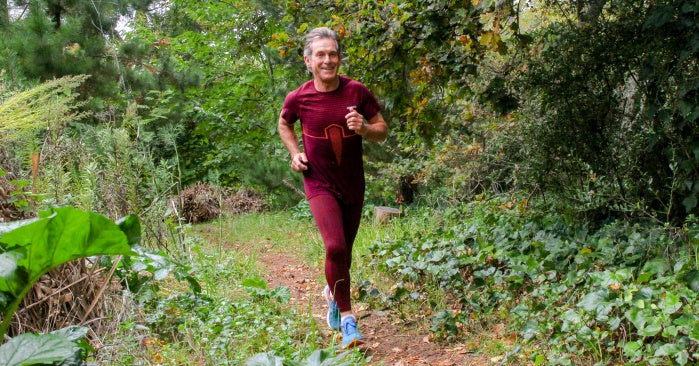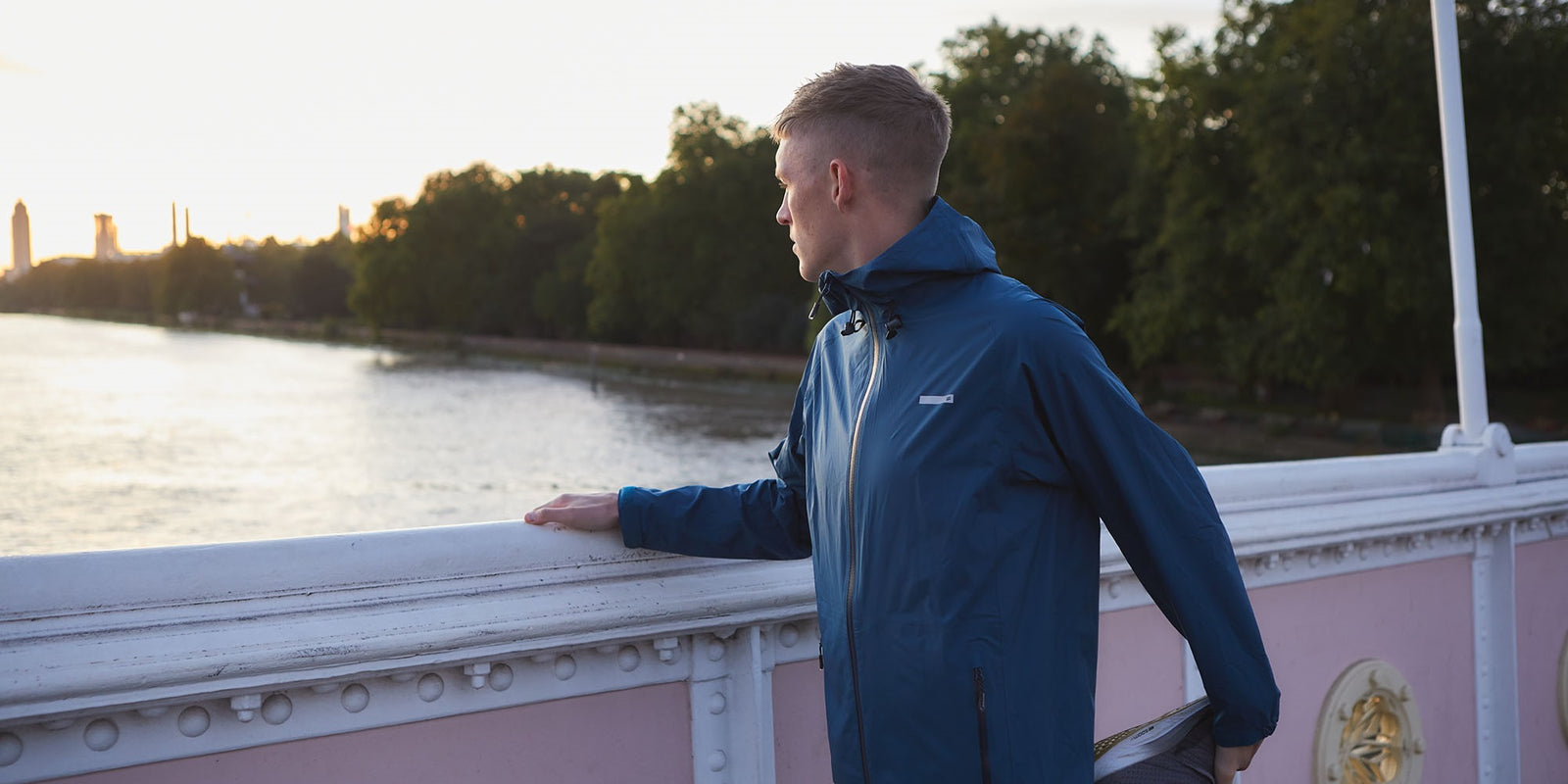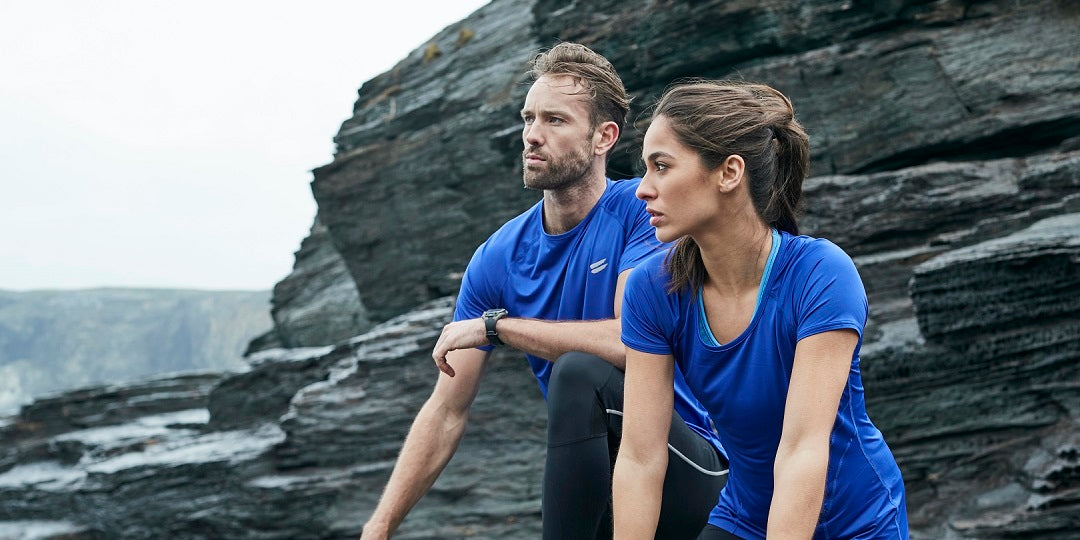The image that I think comes to many people’s minds when there is talk of running in the desert, springs from pictures that they have seen of a camel train plodding in single file through soft golden sands. They then have an image of someone trying to run through these soft sands, remembering how they have trudged through soft sand at the beach. Now add to that the idea that this runner is wearing a backpack weighing a few kilograms, and that it is a distance of 40 odd kilometres and more, or that it could be a multi-day run so they will be doing this for a few days in a row.
It has been my experience that telling people that I have done a run of this sort usually gets three types of immediate response. I mention this because this response profile is true for everything in life. There are those whose own experiences in life (they are not runners and not the exercising type), combined with their immediate perceptions about me, make them unable to believe that it is possible, and so they reject my story as being untrue. At the other end of the spectrum are those who have had similar experiences, and knowing a bit, or a lot, about me, they are congratulatory and impressed. In between these two groups are those who are willing to believe that it is possible, but they either need to gather more information first before accepting the story, so they will ask questions, or, they need to change my story in their minds to be able to make it acceptable to them. Examples of this are, that they might believe that I have done this kind of run but probably 20 years ago, and, one that I have often had happen when I tell people that I ran across Africa, they will say, “congratulations on your walk.”
Now let me burst a little the myth of the first paragraph above. There are many, many areas in a desert that are not soft sand. The fact that there is no water in the region doesn’t always mean that everything is soft sand. One of the runs that I have done was the 5-day Namib Desert Challenge. Yes, there is a lot of sand out there including the longest sand dune in the world, and the highest sand dune in the world, and we ran them both, but for quite a fair distance of the 5 days it was not soft, sliding sand.
Make no mistake there is a lot of sand out there and you need to pick your route carefully. On this run there were almost no route markers. Often we would be shown a spot far in the distance and told that that was where we needed to get to, and we set off and found our own route. And the route would be explained to us at the early morning race briefing and off we went. On a 45 km run there would be two water tables about 17 km from each other and if there was a possibility that we might get lost, and some of us did, then the race organisers did have the odd flag or arrow on the ground, we were recorded as being safe and sound at the water check points (more about this comment and my experience a bit later), and they would also drive around the desert in 4 x 4’s and quad bikes to make sure all was well.
Having said that it’s not what people imagine and all soft sand, another interesting point that I experienced, and the first bit of advice that I have to offer, is that on certain mornings the race organisers made the comment that the day’s run would not be including one of the sand dune climbs and so we wouldn’t be needing our gaiters. Hmmm, remember, notwithstanding what I have said, you are in the desert. There were a few times over the days where I passed fellow runners who were sitting down because they needed to remove their shoes and socks to shake all the sand out. I wore my gaiters every day. Even if the ground is hard and rocky there is still sand out there, everywhere. And when it gets toward the end of the run, and you are tired and your legs are shuffling along, you are no longer running with that springing clear step that you started with and you will be kicking up sand and little pebbles which go into your shoes.
My advice, always wear your gaiters. I’ll share with you my early morning feet routine later. On top of this, with the combination of the conditions associated with this kind of desert running, being very different to a road run back home, and here’s my second piece of advice – be prepared. Make sure you avoid as much as possible any setbacks that could affect your state of mind. It is your mind that will stop you and make you give up, not your body.
In the paragraphs above I have mentioned some of the things that can be expected when doing a desert run. When I did my first desert run, the 5-day Namib Desert Challenge, I had done quite a few half and full marathons and a 56 km ultra-distance run before, these all being road running. I had also done some trail running including a 5-day trail run over and around mountains. But I had never run in the desert before. This meant that my preparation for the event had a few flaws in it, a few of which I got away with, one of which nearly ended the race for me on the first day. Not to mention my near drowning, now that’s something you wouldn’t expect in the middle of a desert.






Leave a comment (all fields required)